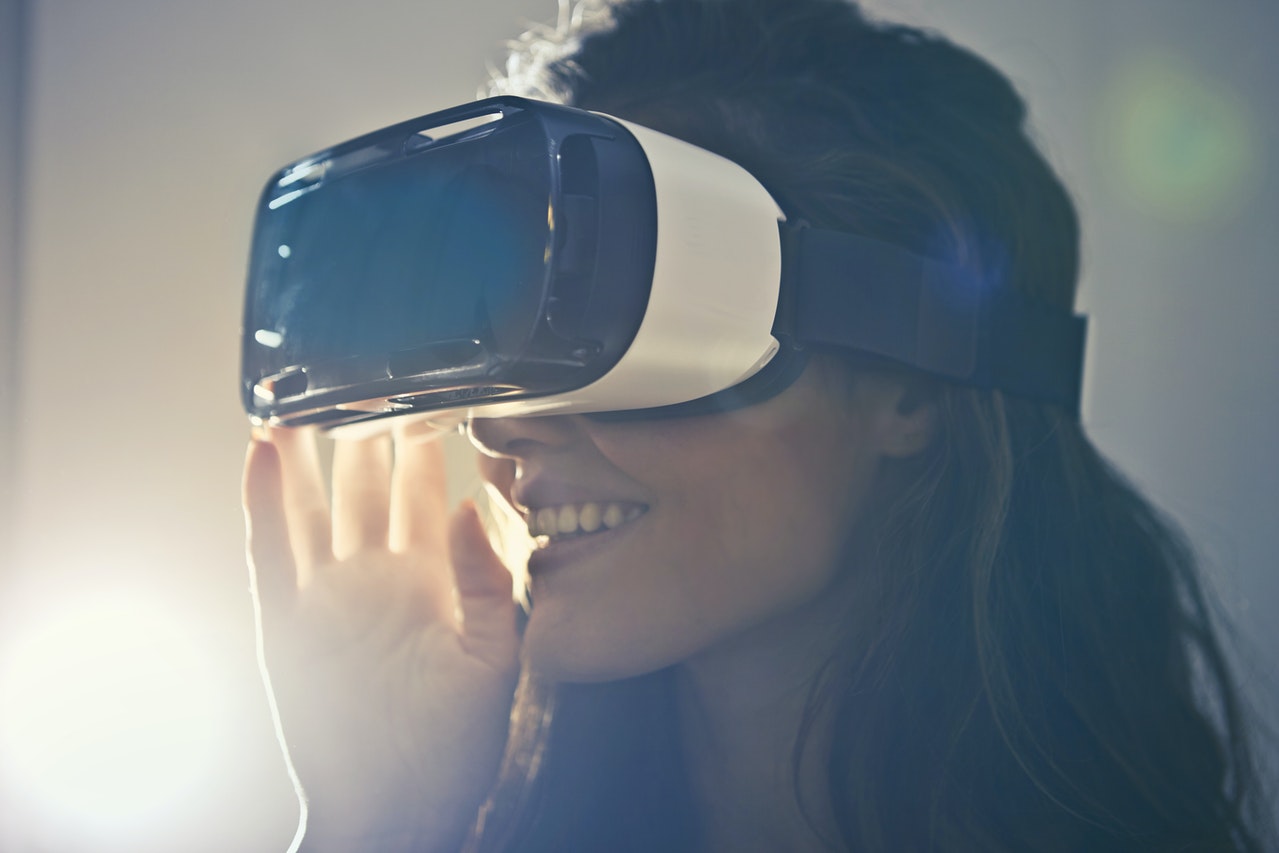Once existing in the realms of science fiction, virtual reality has truly become ‘reality’.
The pace of growth in the virtual reality (VR) space is astonishing.
By 2024, it’s estimated to become a $12 billion global industry – and the fact one in five Meta employees are working in VR development demonstrates how bullish the tech sector has become regarding it.
From its beginnings in entertainment and gaming, VR is now playing a significant role in marketing, retail, and other industries.
Given interactive kiosks are advanced pieces of tech themselves, the adoption and utilisation of VR technology isn’t a huge surprise.
In this blog we look at virtual reality and kiosks and ask – is VR the future of kiosks?
The benefits of virtual reality and kiosks
Virtual reality and interactive kiosks are a potent match. It offers users a chance to access a virtual setting via a physical touchpoint.
Using a VR headset offers a novel, immersive experience. Put simply, it’s fun.
More than that, it can be educational and practical. In museums and galleries, VR headsets allow visitors to take a closer look at certain objects and pieces.
The chance to explore an artefact close-up in 3D adds a new dimension to the museum experience.
In retail, brands such as Tommy Hilfiger and Ikea have adopted virtual reality tech in certain stores to allow users to “try before they buy”.
While VR headsets may not necessarily need to be linked to a kiosk, having a physical start point where users can pre-load items and browse before entering VR is a helpful precursor to purchase.
Virtual reality and gaming kiosks
One of the principal use cases for VR is in gaming.
Upright interactive gaming kiosks are considered a perfect match for VR and have seen significant investment – which will only benefit the broader development of digital kiosks going forward.
Picture the arcade of the 21st Century. Forget pinball and Pacman – fully immersive VR experiences have breathed new life into the arcade industry.
Recent examples from China show the staggering pace of technological advances in gaming kiosks and the effectiveness of VR kiosks.
Instore experiences via VR kiosks
We’ve touched on how VR has played a role in retail – but kiosks allow for more than a simple visual VR experience.
Car giant Lexus installed digital kiosks with VR functionality in several of their showrooms in the US.
These allowed potential customers to test-drive vehicles without leaving the showroom.
Just a gimmick? Wrong.
The opportunity to engage with cutting-edge tech carries brand benefits for Lexus and benefits the customer by allowing them to immediately get a feel for the car they’re interested in.
Another brand with an interesting approach to VR kiosks is Amazon. As part of Prime Day, Amazon launched a set of interactive kiosks with VR capabilities in-store in India. These kiosks allowed users to browse promoted products in a virtual city.
In theory, such kiosks could form the basis of a pop-up, experiential, marketing campaign anywhere.
What’s more, travel agents could show off hotel rooms and resorts via VR kiosks as opposed to brochures – and expect to see more of this.
Virtual reality and kiosks: The future of kiosks?
As these examples show, virtual reality and kiosks are an effective combination.
VR will certainly play a part in the future of kiosks. To what extent? Time will tell.
Keen to talk about the latest kiosk technology? Get in touch today.




